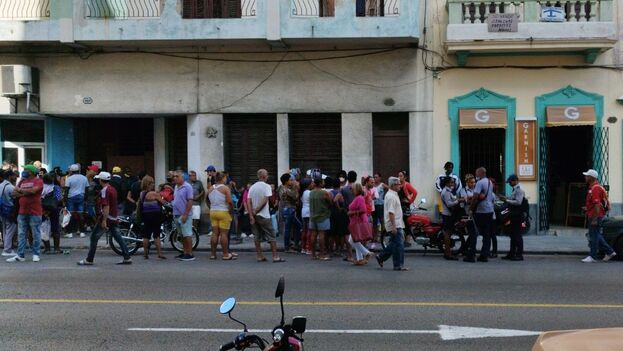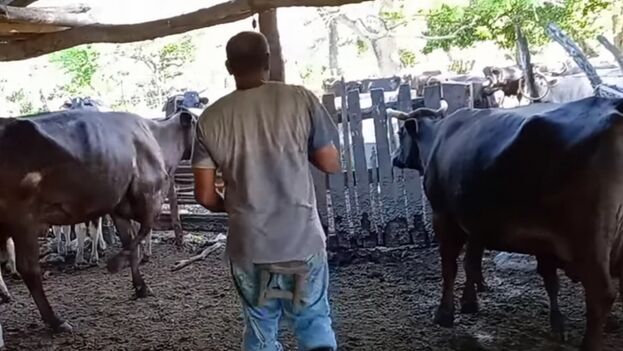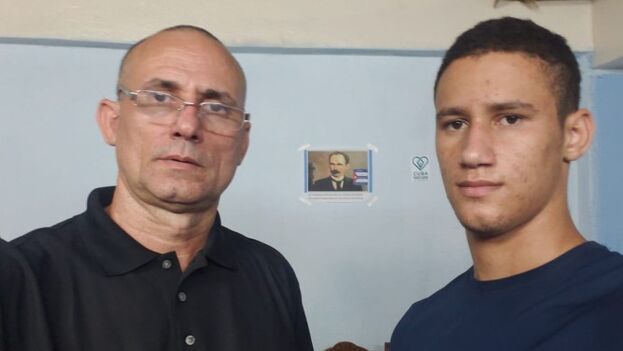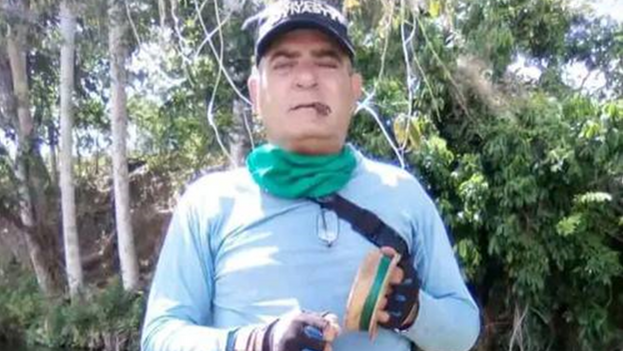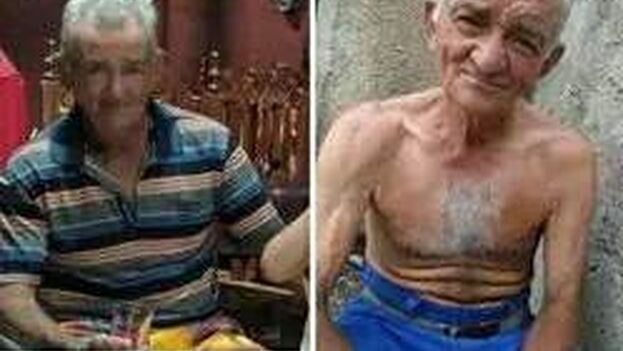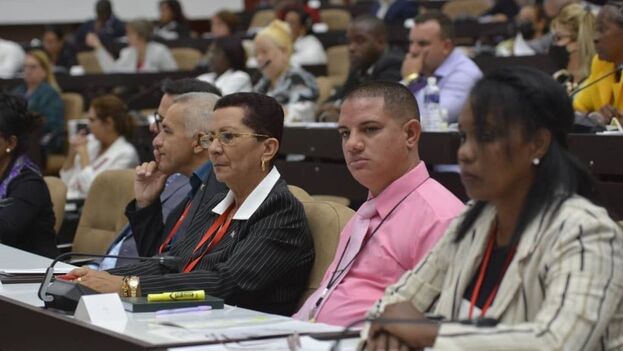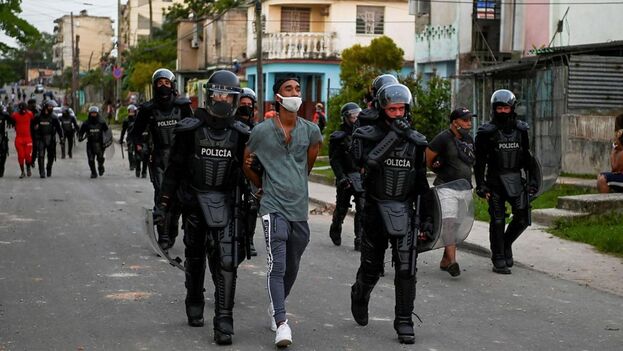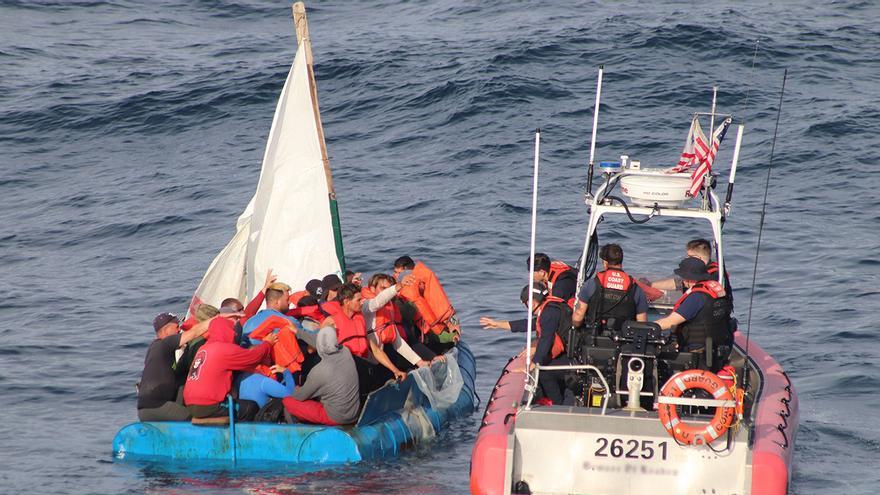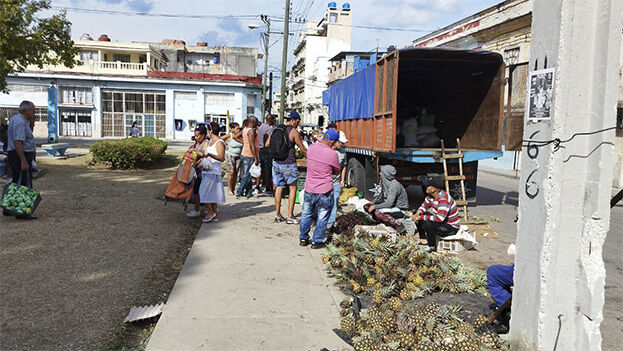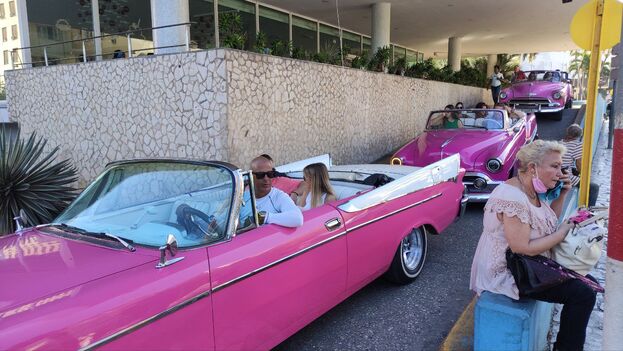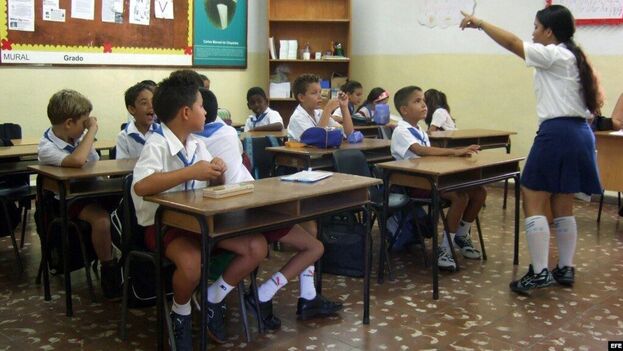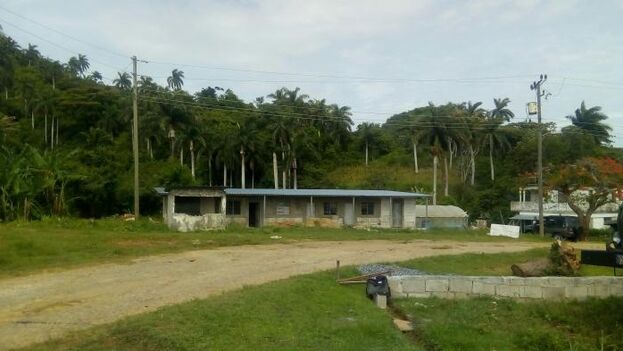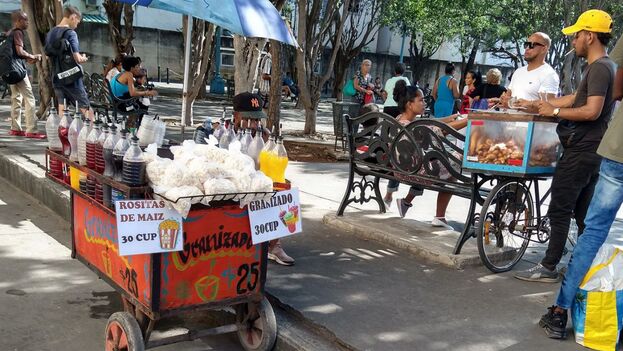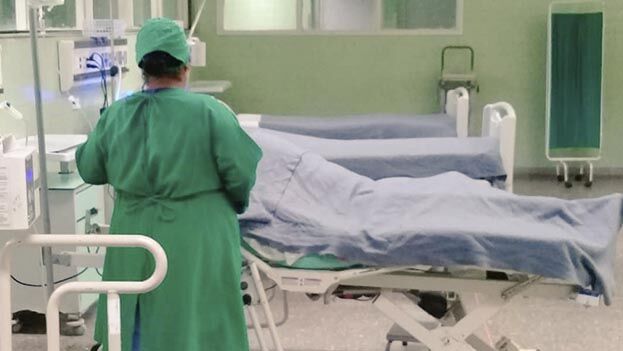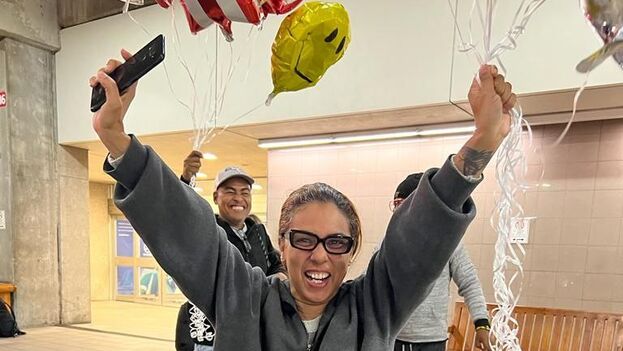
![]() 14ymedio, Havana, 23 December 2022 — Yailén Insúa Alarcón, former director of the Cuban Television Information System and the morning program Buenos Días, arrived in the United States on December 19 after a complicated journey through the Darién jungle, and after being scammed and detained in Mexico. “I arrived in the land of liberty on December 19 at 2:00 in the morning, on my birthday. I was blessed, as I say, it was the best gift I could have,” the journalist tells 14ymedio from Jacksonville, Florida.
14ymedio, Havana, 23 December 2022 — Yailén Insúa Alarcón, former director of the Cuban Television Information System and the morning program Buenos Días, arrived in the United States on December 19 after a complicated journey through the Darién jungle, and after being scammed and detained in Mexico. “I arrived in the land of liberty on December 19 at 2:00 in the morning, on my birthday. I was blessed, as I say, it was the best gift I could have,” the journalist tells 14ymedio from Jacksonville, Florida.
Insúa arrived in Colombia accompanied by her husband, Boris Luis Llamo Salgado, on February 5, 2022. The journalist planned to stop at El Dorado airport, in Bogotá, to get to Nicaragua and continue, like so many Cubans, her trip to the United States. But the situation became more complicated when Managua refused to let her enter the country, leaving her stranded in Colombia. Insúa’s fear was being returned to Cuba where the authorities would retaliate against her. “My biggest fear was setting foot in the José Martí airport in Havana because I knew they would be waiting for me,” she told this newspaper.
In mid-February, a Colombian judge granted Insúa and her husband, a member of the Yoruba Cultural Association, a safe conduct pass for 48 hours, thanks to which they both were able to leave the airport and seek asylum in the country. But in October, after several months of waiting, the authorities rejected her request. Although the case was in the hands of the Supreme Court, the former official attributes the judicial decision to Gustavo Petro’s electoral triumph.
“Coincidentally, you know that Cuba is the guarantor of the peace talks between the National Liberation Army in Colombia and the Government. And, well, it seems that they also decided to take sides with the Cuban government and not approve my asylum application,” says the journalist, who just turned 43.
“So I told my husband: ’We have to get out of here, we are in danger, we have just been denied asylum after so long,’” she continues. At that time, both decided to follow the route they had planned from Nicaragua, only starting from much further back and going through the dangerous passage of the Darién jungle. According to data from the Ministry of Public Security of Panama, about 5,530 Cubans crossed that way between January and November. continue reading
“The journey through Central America was quite easy, despite everything, after I passed the Darien. What was the problem? Arriving in Mexico. It took us twenty-some days to get to the United States, because when we arrived in Puebla I was detained for 10 days; that is, kidnapped in a house because a coyote scammed us and they didn’t let us leave,” reveals Insúa, who is forceful about what she experienced in that country: “Mexico is a mafia,” she says.
The journalist and her husband paid again and finally crossed the Rio Grande just four days ago. “When we crossed there was no Border Patrol. We walked two kilometers to a road and there I made a call to 911, which must be registered with my name, saying that we were a group of Cuban migrants, Hondurans, two Peruvians… We ask that, please, send the Border Patrol to pick us up. At that moment the sheriff came; they sent us to the Patrol and so I got here, to this country,” she says.
Insúa Alarcón was harshly attacked, after her arrival in Colombia, by Cuban influencer Alexander Otaola. He was going to warn the media not to allow the journalist to enter and described her as an “infiltrator.”
“I called them and said: ’Don’t give them asylum, don’t give them anything, because there are people who arrive, get asylum, start work at Radio Caracolm, and from Radio Caracol they begin to undermine Colombian democracy,’” he said on his program Hola! Ota–Ola.
Insúa Alarcón, however, says she suspects that Cuban intelligence has set its sights on her. “Since the media is saying that I arrived in the United States, coincidentally, I have received 43 friend requests from people I don’t know. So State Security is starting to work,” she concludes.
Translated by Regina Anavy
____________
COLLABORATE WITH OUR WORK: The 14ymedio team is committed to practicing serious journalism that reflects Cuba’s reality in all its depth. Thank you for joining us on this long journey. We invite you to continue supporting us by becoming a member of 14ymedio now. Together we can continue transforming journalism in Cuba.

